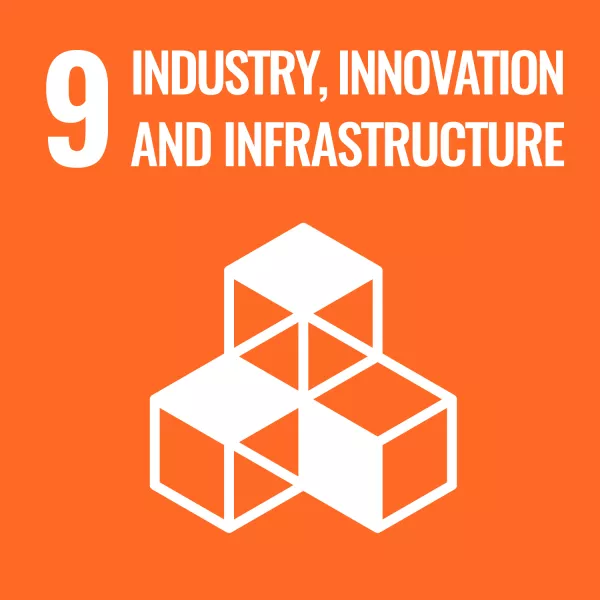

About the project
Sulfidic soils are a big challenge when encountered in infrastructure projects and urban expansion due to poor geotechnical properties and severe acidification when disturbed.The microbiology, geochemistry and soil mechanics of these soils are interconnected and therefore, a multidisciplinary approach is needed to assess the long-term environmental consequences of current management methods of excavated/dredged sulfidic soils. The project consortium in Finland and Sweden consists of organisations with the complementary and practical expertise that
are needed in this project.
The aim of the project is to build cross-border best practices regarding the handling of sulfidic soils. The best practices will be developed in the projects cross-border network through a mutual transfer of knowledge between the project partners and the target group, i.e. permit-granting and supervisory
authorities, consultants, municipal urban planning offices, landfill management companies and national transport authorities involved in land development projects. The project partners will provide the knowledge and support needed and the participants in the reference group will provide a practical
orientation to ensure that the best practices will be tailored to the actual situation. This will thereby bridge the gap between knowledge base and practice and help the decision making by the authorities and the implementation of methods of safe soil use and/or disposal by other stakeholders involved in land development projects.
The activities consist of field experiments with complementary laboratory experiments, where management techniques of sulfidic soils under waterlogged and drained conditions and with different amendments are investigated in order to enhance the existing knowledge base. The project results in a report on best practices to support authorities and contractors during the permitting process
to allow a local and resource efficient management of the excavated soil.
Project goal
The green transition will involve construction of e.g., roads, railways, and buildings that lead to the excavation of sulfidic soils, which are unavoidably encountered in regional developmental projects in the Interreg Aurora programme area. The objective is to develop best practices for sustainable handling and reuse of excavated and stabilised sulfidic soils with minimised environmental impact. There is a need for environmentally safe, durable management of these soils where the acidification is controlled as the coastal business and economy expands and society develops. Therefore, to maintain the social and economic viability of the region, there is a need for cross-border best practices regarding the local handling and reuse of sulfidic soils. This will be achieved in the project by enhancing the knowledge base needed for decision making by the authorities, and support practitioners in the implementation of safe methods for soil use and/or disposal.UN's Sustainable Development Goals



Eva Högfors-Rönnholm
Project Leader
